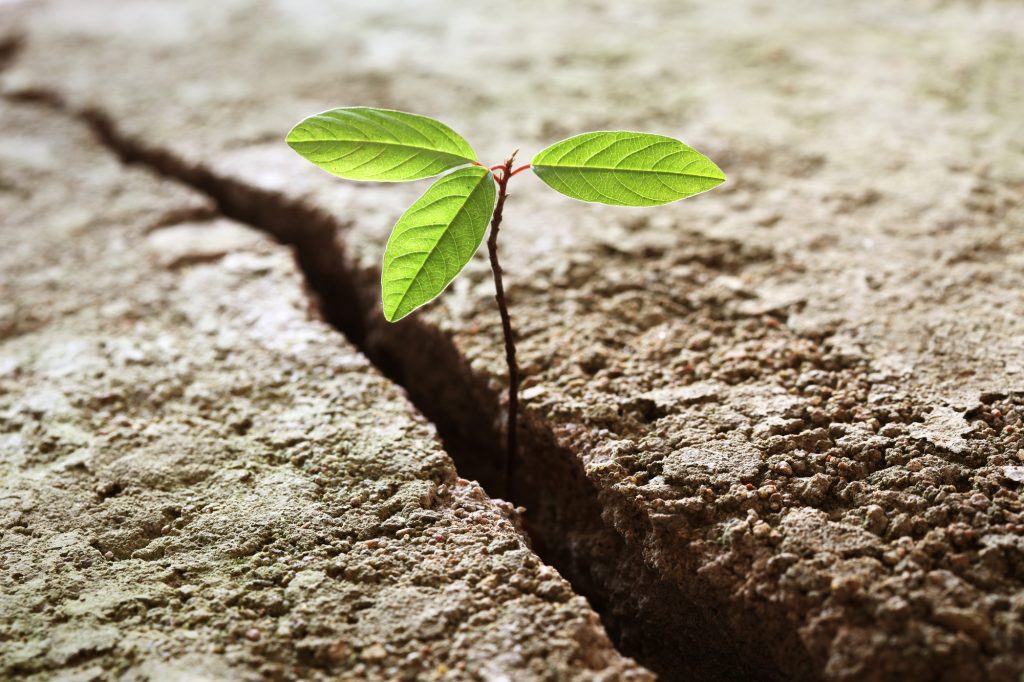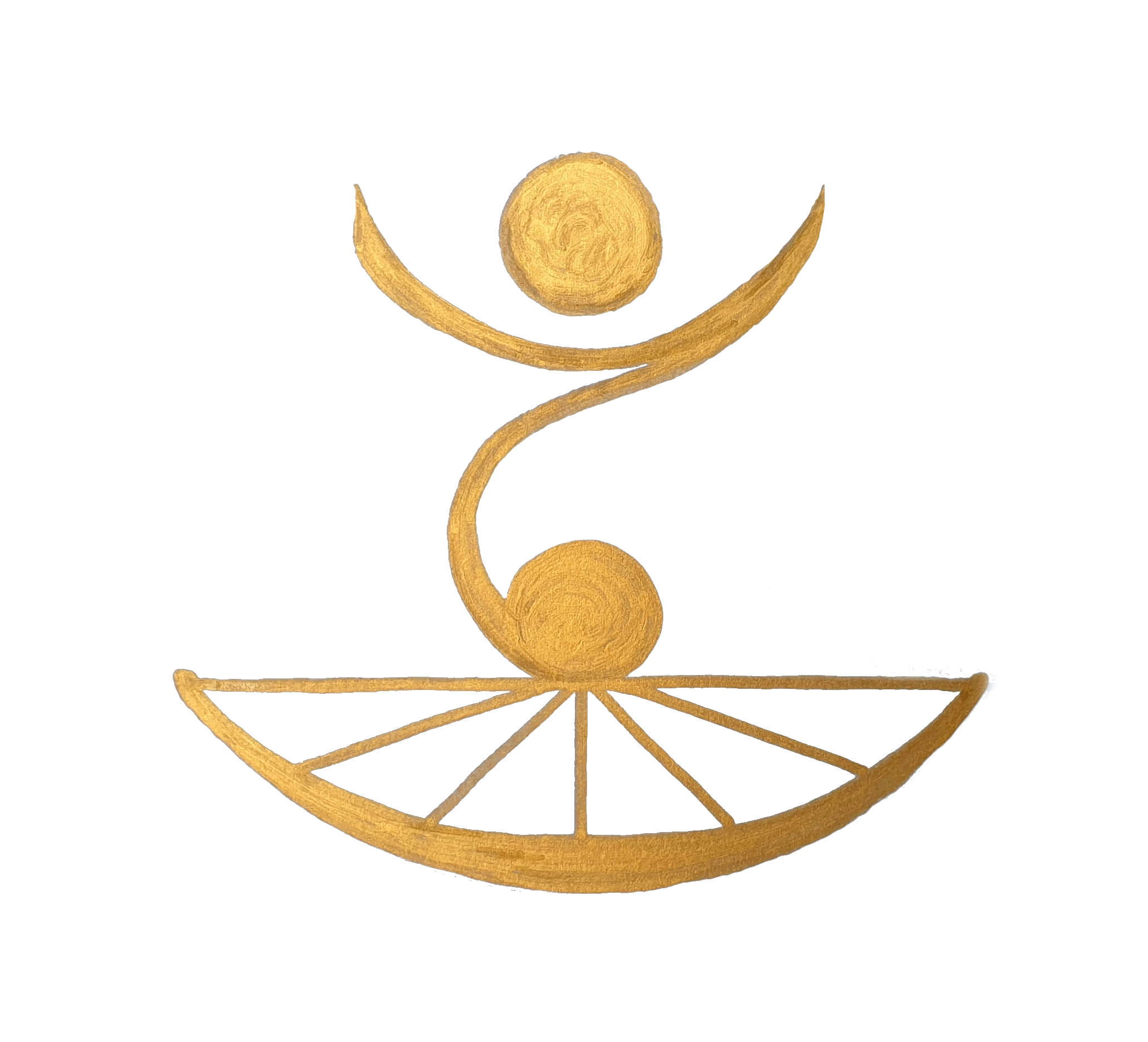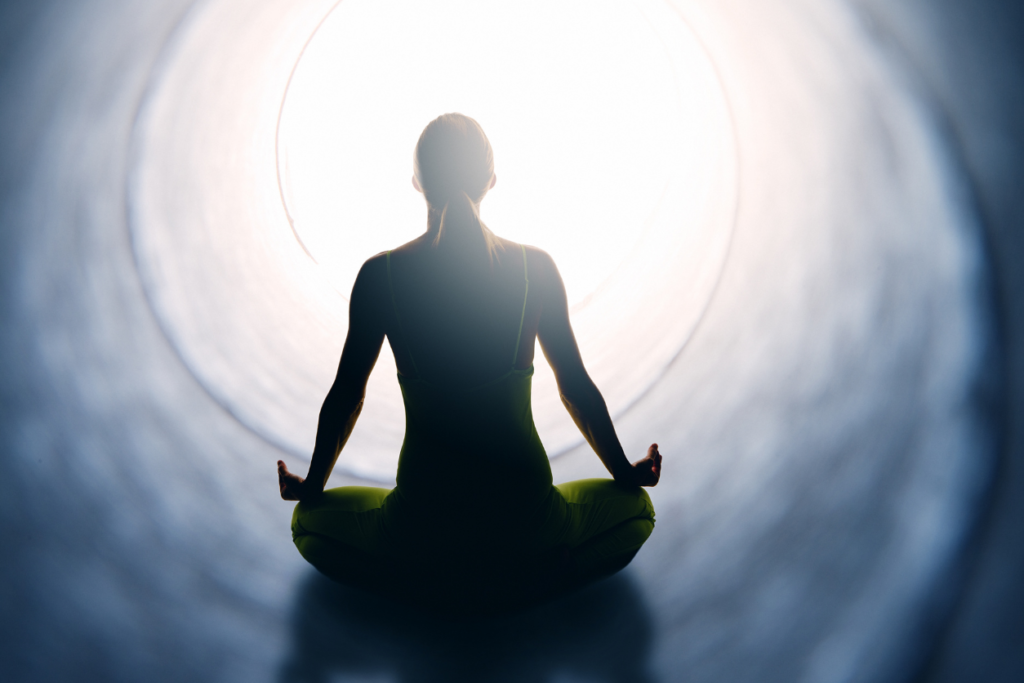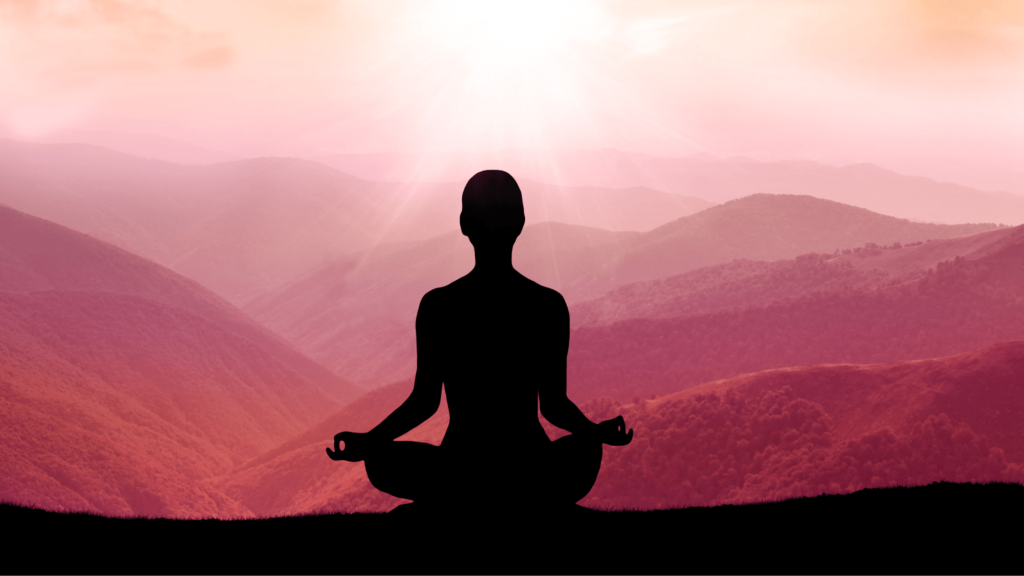The Advantages of Adversity
We have been born into an imperfect world, characterized by unpredictability and adversity, as finite human beings who have foibles, make mistakes, get confused, and think irrationally. There is much to contend with, and our ability to prevent or circumvent difficulty is quite limited. We aren’t omnipotent beings, and while we try to protect ourselves and maintain order in our lives, we simply don’t have the ability to safeguard ourselves from its disasters.
It is self-evident that the natural world doesn’t behave in a predictable way or do our bidding. Natural disasters have occurred repeatedly throughout human history but started to rise in frequency as the effects of climate change continue to rise.
Now we have the life altering worldwide disaster of Covid 19. The chain reaction of mass loss of income and joblessness will continue to affect all aspects of our lives. Projects we had counted on thwarted, disrupted by the fallout and the sheer magnitude of the crisis. On a personal and collective level there is nationwide emotional distress. Dealing with emotional fallout of life’s difficulties and distress is what we practice for.

Adverse circumstances and situations are an integral part of conditioned existence. They tend to arise as sudden interruptions, so we shouldn’t be surprised that natural calamities and upheavals occur in both our private and our public lives. Buddhists do not teach divine authorship or omnipotent governance of any kind; things just happen when the proper conditions and circumstances come together. Conditions, once assembled, have no thought and once set in motion will now give rise to some result. Ignorance about this process doesn’t change the fact that we are interdependent with these conditions. The importance of understanding how this dependent condition that arises then becomes our path, cannot be underestimated. We have to be realistic about what we can and cannot do.
We can’t tailor the world to suit ourselves, nor force it to fit into our vision of things. This doesn’t mean we shouldn’t aspire to make things better. The bodhisattva ideal specifically recommends trying to improve our world to the best of our ability, but that ideal is based on a realistic recognition that the world is imperfect and likely to remain that way. Things may sometimes work a little better, sometimes a little worse, but so long as there is ignorance, hatred, jealousy, pride, and selfishness, we will all be living in a world that is socially and politically imperfect.
Zen meditation teaches how to practice with this adversity. Fear, anger, despair, grief, all of these unwanted emotions are why we practice. We practice for times like these that we may learn to deal more skillfully with the inevitable painful emotions and not be run by them. This practice though difficult makes life is so much easier. Practice as though your life depends on it.
My own teachers stressed the perspective that every adversity is an opportunity to practice with those very things we wish to avoid. Can you see this difficult situation, or this difficult person as your teacher they would ask? “This is a practice opportunity. Don’t waist it. Can you see this as your path? Can you welcome this situation and see these seeming obstacles are not obstacles on our path, they are your path?” Open to this opportunity to practice with those very things that cause you to close and to stretch your ability to remain present and open.
So how did my teachers teach me to do this? First they teach “Do not believe your thoughts.” This can be hard for some to grasp at first because we all tend to believe our thoughts. It does not mean they are wrong but neither does it mean they are right. They have no reality.
What I use as a basic practice tool is thought labeling. While watching my mind, when I recognize a thought I say it back to myself. For example… say I catch myself with a fearful thought of what is going to happen? I say back in my mind having a believed thought this will turn out badly.” I might also add at this point “not happening now.” As we have groups of thoughts, with practice these can be shortened to “having a fearful thought” or maybe just “fearful thought.”
I had tended to believe I was aware of my thoughts until I started to meticulously label them. After some time of doing this I discovered that my thoughts tended to revolve around a limited number of core thoughts. What this really demonstrated was just what it was, that my mind was up to.
Another basic practice technique for negative emotions is breathing into the upset as it is felt in the body. All emotions have a feeling state even if very subtle. The task is to feel the emotion in the body while refraining from the story line that these emotions give rise to. My teachers call this technique the three RRR’s, recognize, refrain and refocus. First I recognize what I am doing. That is the first R. Then I feel for where that emotion resides in the body. Next, breathing into the physical sensation of the body I stop the storyline; I stop the thoughts. This is the second R. While focusing only on the physical sensation of the negative emotion I refocus my minds attention, third R. For example I refocus on the outer environment such as the sound of a bird outside. I will now maintain a dual awareness of the physical feeling of the body and the sound of the bird in the outside environment. This dual awareness is another favorite meditation technique. It helps discipline the mind and keep it occupied so that it does not default into more mischief. With strong emotions it is necessary to do this over and over because of how an upset hijacks the mind. Watch with the thought labeling for what the mind is up to and just keep doing the three RRR’s. This is the practice. With discipline the mind will calm down. What I am doing is actually rewiring the pathways of the brain.
The best example of how this works I take from a sesshin (silent retreat). After sitting and watching my mind for an entire day I noticed one thought was reoccurring. A reoccurring thought was my cue that something was going on. Watching my mind a few more hours I realized I was angry. Until this point I was unaware I was angry. A few more hours of watching and feeling for just where this sensation of anger rested in my body and I started to realize I was not just angry I WAS REALLY ANGRY. In fact I was enraged. I got in the daison (private interview) line to consult with my teacher Ezra. He assured me that if I just kept up the practice of RR&R no matter how often or how many times I had to repeat this simple practice…the mind would eventually let it go. He was right. The mind did let it go. It took a full 24 hours for this to happen but it did let go. Three days later the anger came around for another encore. This time it only took 3 hours. Three more hours and this time I was free. Admittedly this was the most diligently I have practiced with any unwanted thought or feeling because of the vice grip that rage can have on the mind. But I wanted to be free and after this second round the rage that had such power over me was gone. It has never returned.
I will practice sitting meditation the remainder of my life, for we get good at what we practice. With enough practice we will discover there are advantages to adversity when met in this way. What we gain is distress tolerance. An important life skill. It is what is meant by the symbol of the lotus. May we like the lotus be at home in the muddy water.



